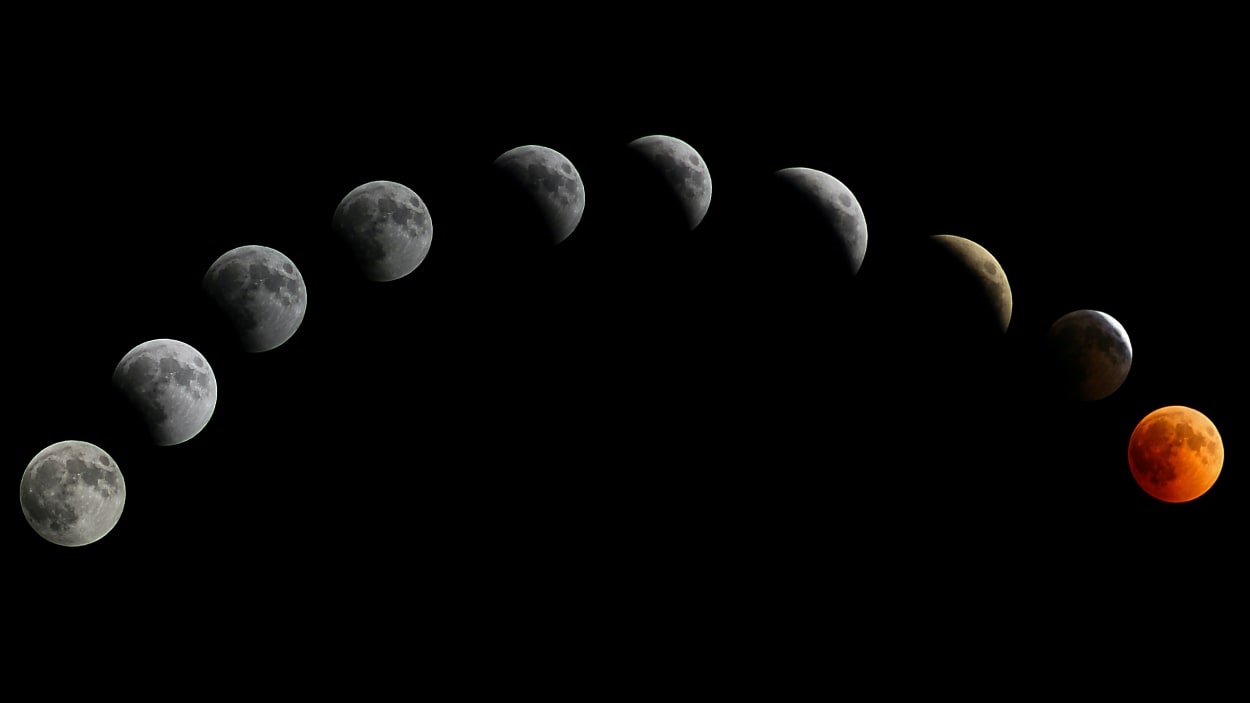What time is it on the moon? The answer is complicated, but scientists want to change that
If you need any evidence that humanity is quickly becoming a species untethered from Earth, consider this: The moon might soon be getting its own time zone. That’s exactly what the European Space Agency (ESA) is looking into right now.
In a blog post, the ESA says it is exploring the idea of establishing an internationally recognized time zone on Earth’s satellite. Such a moon time zone will become increasingly needed as more lunar projects—both from governments and private industry—begin operating on the moon in the decades ahead. For now, each lunar project (a NASA launch, for example) operates on its own timescale.
But in the years ahead, as more projects operate on the lunar surface at the same time, there will be a need for an agreed-upon time zone on the moon to make sure that the shared equipment projects rely on, like satellites or a lunar internet, can operate in sync with one another.
The fact that space agencies are now talking about establishing internationally recognized and standardized time zones on the moon shows how far humanity has come in a short amount of time. Several centuries ago, there were no internationally recognized time zones at all. They just weren’t needed—the transportation and communication systems of the day didn’t span the globe. But in the 19th century, the rapid expansion of railroad technology changed all that. And with it, our concept of timekeeping changed, too.
Today, the earth has 24 time zones. Humanity’s 25th (or more) could soon be on the moon. Yet while establishing 24 time zones on Earth was no easy feat, it’s still easier than establishing a 25th on the moon. One challenge is deciding whether the moon should have its own time zone (or time zones) independent of the Earth’s, or if the moon’s zones should be synced with the Earth’s time. Another more technical challenge is dealing with the fact that clocks run faster on the moon than they do on earth because of the moon’s distance from our planet.
But once these challenges are overcome, Bernhard Hufenbach, a member of the Moonlight Management Team from ESA’s Directorate of Human and Robotic Exploration, says, “having established a working time system for the Moon, we can go on to do the same for other planetary destinations.”
(43)



